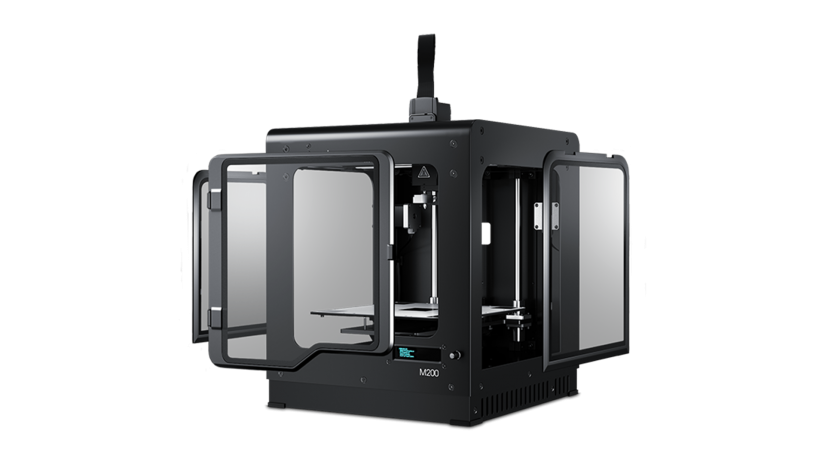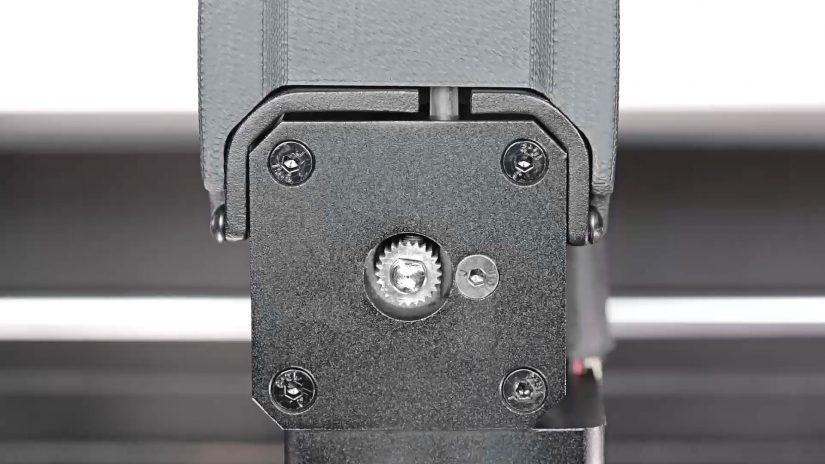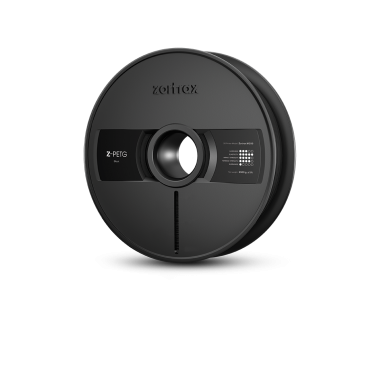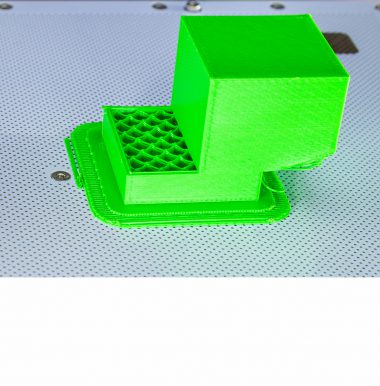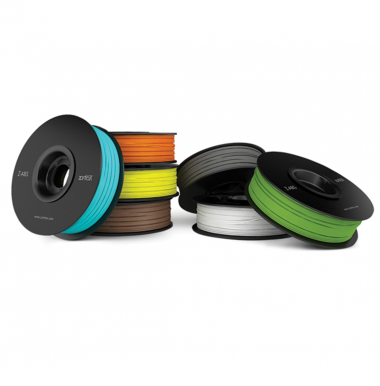Z-GLASS and Z-PETG are industrial-grade materials which give your models durability and resistance to moderate chemical substances. They allow you to 3D print functional prototypes and complex mechanical parts in many industrial sectors. However, both materials are heat sensitive. It is therefore possible that you may encounter problems with extrusion and the quality of final prints – you can notice material deficiencies in the model’s structure. There are several measures which can help you avoid these problems and ensure a problem-free printing process. This article provides all the information useful to succeed when 3D printing with Z-GLASS and Z-PETG.
| Remember that printing with Z-GLASS and Z-PETG requires using the hotend V2/V3. The hotend V1 is not suitable for these materials. |
Printing Process Requirements
Immediately after the printing process, unload Z-GLASS/Z-PETG from the hotend. These materials should not be left loaded in the hotend as they become more difficult to extrude after some time. In addition, once you finish printing, print a small-sized object using Z-ABS to remove Z-GLASS/Z-PETG residues from the nozzle and prevent further problems with extrusion.
If the above steps do not help and you still have problems with extrusion, the nozzle or the hotend should be replaced.

